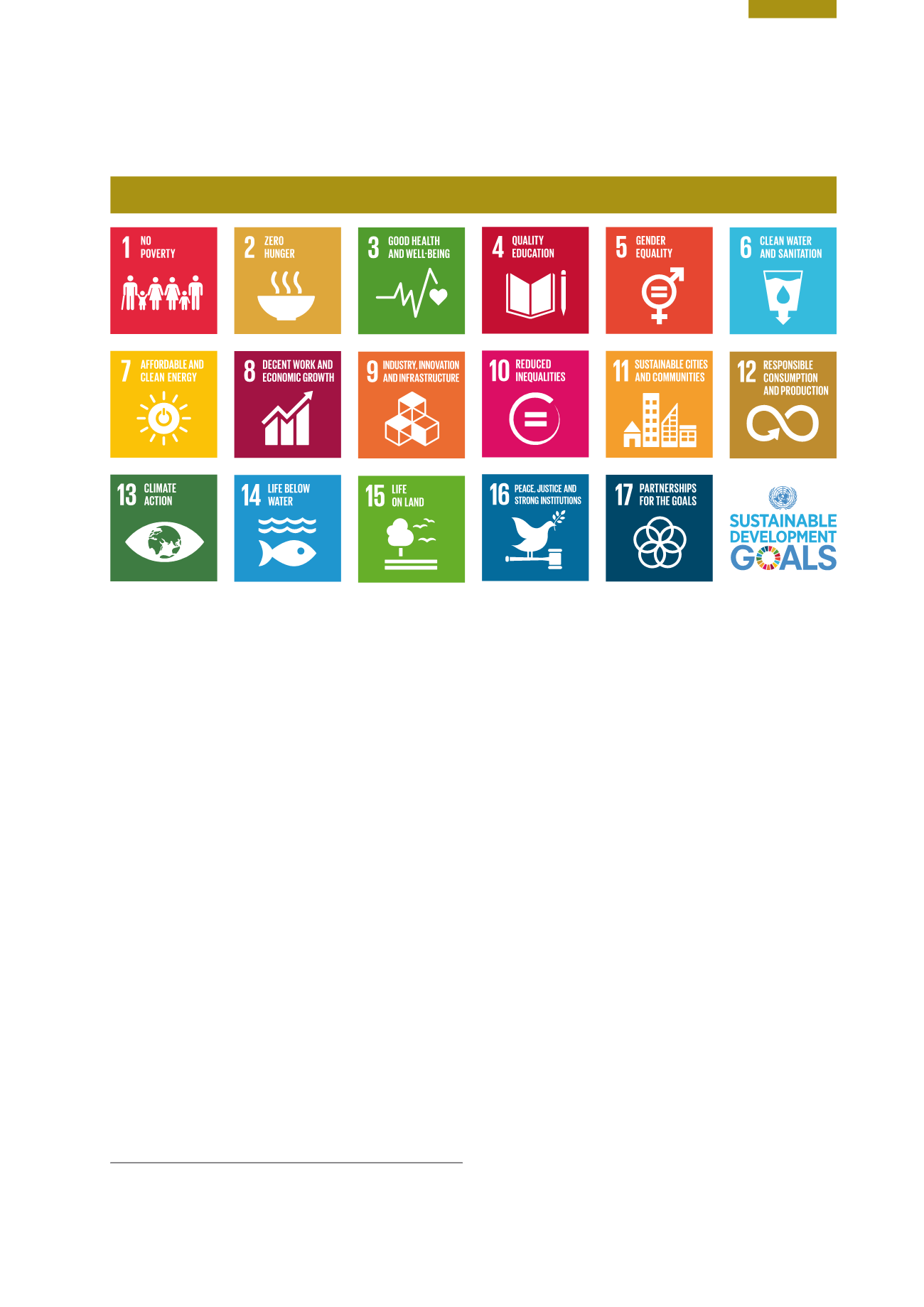

151
Chapter 9: Environment and the Economy
Strategies for a Resource-efficient and
Low-carbon Europe
The Europe 2020 Strategy
3
reaffirms a collective
determination to shift towards a resource-efficient and
low-carbon economy and the European Commission
has committed to using a range of financing and
economic instruments to achieve this objective. These
include mobilising EU financial instruments; enhancing
the framework for the use of market-based instruments
(e.g. emissions trading, revision of energy taxation,
state aid framework, encouraging wider use of green
public procurement); and promoting a comprehensive
programme of resource efficiency leading to changes in
consumption and production patterns.
In 2011, the EU Commission published what was then,
and still is, considered one of its most significant policy
statements for many years. This visionary document,
A Roadmap to a Resource Efficient Europe
,
4
articulates
ambitions for European society, economy and environment
that seek to address the challenges of environmental
damage, resource depletion and climate change.
A 2014 review of progress under
5
the roadmap concluded,
inter alia, that the majority of the actions announced in
the roadmap have been launched; however, “the full
impacts of the actions launched under the roadmap
are yet to unfold.” The progress report added that the
3
www.ec.europa.eu/europe2020/index_en.htm4
www.ec.europa.eu/environment/resource_efficiency/ about/roadmap/index_en.htm5
www.ec.europa.eu/environment/circular-economy/pdf/Progress-report- roadmap.pdf2020 milestones and the overall objective of decoupling
economic growth from resource use and its environmental
impacts are not likely to be fully achieved unless efforts are
stepped up. As a means to measure progress, a Resource
Efficiency Scoreboard has been published by Eurostat
since 2013, with the caveat that there is a significant
time-lag for many of the statistics around material flows
in the economy. The midterm review stated that “action
on the side of national, regional and local governments
is important, since in many cases the most effective
policy instruments to promote efficient resource use and
implement sustainability in practice are in their hands –
for instance in the areas of waste and water management,
urban planning, or public procurement.”
Harmful Environmental Subsidies
Elimination of environmentally harmful subsidies
and taxation systems will come into stronger focus
internationally and in national economic and finance
policy in the coming years.
Internationally, through the Organisation for Economic
Co‑operation and Development (OECD), the UN, the
EU and the Group of Twenty (G20), the subject of
environmentally harmful subsidies has been put on the
agenda for discussion and resolution (Oosterhuis and ten
Brink, 2014). Subsidies do lead to lock-in of unsustainable
technologies and infrastructure, as well as poor decision
making. The EU 7th EAP and
A Roadmap to a Resource
Efficient Europe
call for urgent attention to be applied to
the phasing-out of environmentally harmful subsidies at
the national level. The roadmap estimates that the scale
of subsidies with potential negative impacts on the
Figure 9.4
Global Goals for Sustainable Development (Source: UN)


















